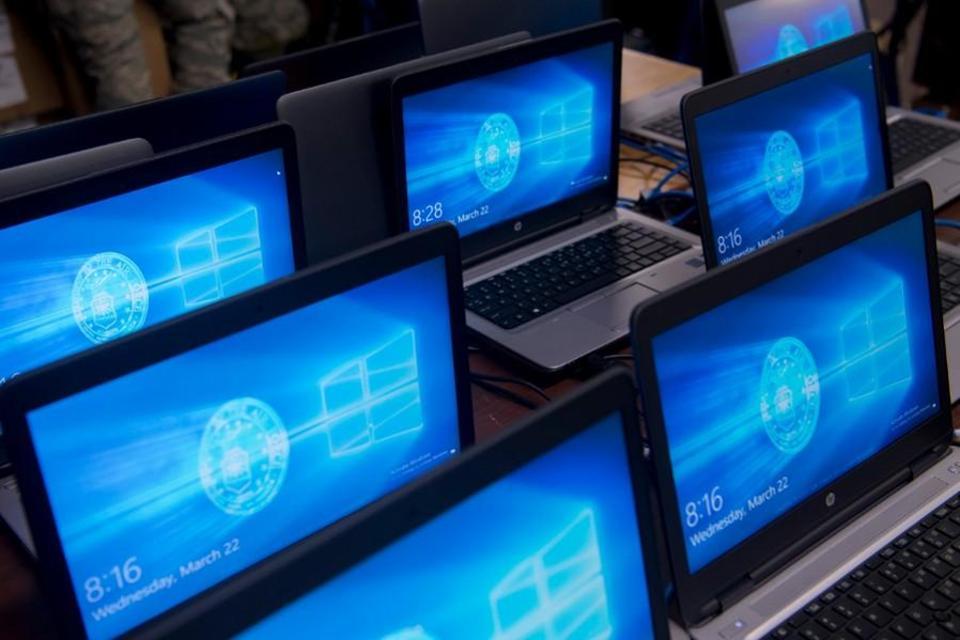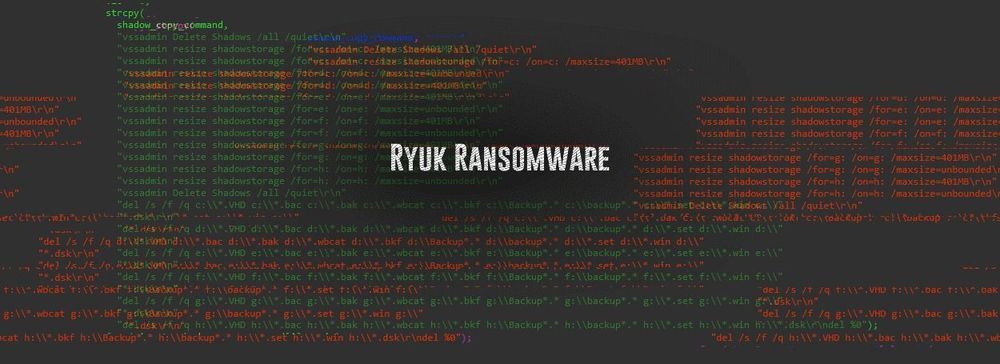Windows 10 users need to avoid Microsoft’s latest update, but it has already been installed by millions…






A computer virus forced a US maritime base offline for more than 30 hours, the country’s coast guard has revealed.
Ransomware interrupted cameras, door-access control systems and critical monitoring systems at the site.
The agency did not reveal the name or the location of the facility targeted by the attack.

As access to the internet grows, so do the risks associated with being online. Cybersecurity threats are on the rise as data hackers find new ways to breach through firewalls. Earlier this year bad actors were able to gain access to the administrative serves of India’s largest nuclear power plant with a simple phishing email.
The government want to increase its cyber might to ward off such hazards but experts feel some of its policies might do the exact opposite.
2020 will be a busy year for India with the 5G spectrum auction still pending, Personal Data Protection Bill under discussion, and the deadline for social.

A Chinese hacking group believed to operate on behalf of the Beijing government has learned how to bypass two-factor authentication (2FA) in attacks on government and industry targets, ZDNet reported on Monday.
The group, known as APT20, has reportedly sought to compromise VPN credentials that would grant them heightened levels of access across their victims’ networks, according to ZDNet, citing a new report from Dutch cyber-security firm Fox-IT.

Based on files uploaded to the VirusTotal scanning service, the ransomware attack on the City of New Orleans was likely done by the Ryuk Ransomware threat actors.
On December 14th, 2019, one day after the City of New Orleans ransomware attack, what appear to be memory dumps of suspicious executables were uploaded from an IP address from the USA to the VirusTotal scanning service.
One of these memory dumps, which contained numerous references to New Orleans and Ryuk, was later found by Colin Cowie of Red Flare Security and shared with BleepingComputer.com.

The City of New Orleans has suffered a cybersecurity attack serious enough for Mayor LaToya Cantrell to declare a state of emergency.
The attack started at 5 a.m. CST on Friday, December 13, according to the City of New Orleans’ emergency preparedness campaign, NOLA Ready, managed by the Office of Homeland Security and Emergency Preparedness. NOLA Ready tweeted that “suspicious activity was detected on the City’s network,” and as investigations progressed, “activity indicating a cybersecurity incident was detected around 11 am.” As a precautionary measure, the NOLA tweet confirmed, the City’s IT department gave the order for all employees to power down computers and disconnect from Wi-Fi. All City servers were also powered down, and employees told to unplug any of their devices.

One of New Jersey’s largest hospital systems said it was hit this month by a ransomware attack that disrupted care across its clinics and 17 hospitals.
Hackensack Meridian Health said Friday the attack began Dec. 2 and forced it to cancel some surgical and other procedures, though no patients were harmed and its emergency rooms kept seeing patients.
The Times